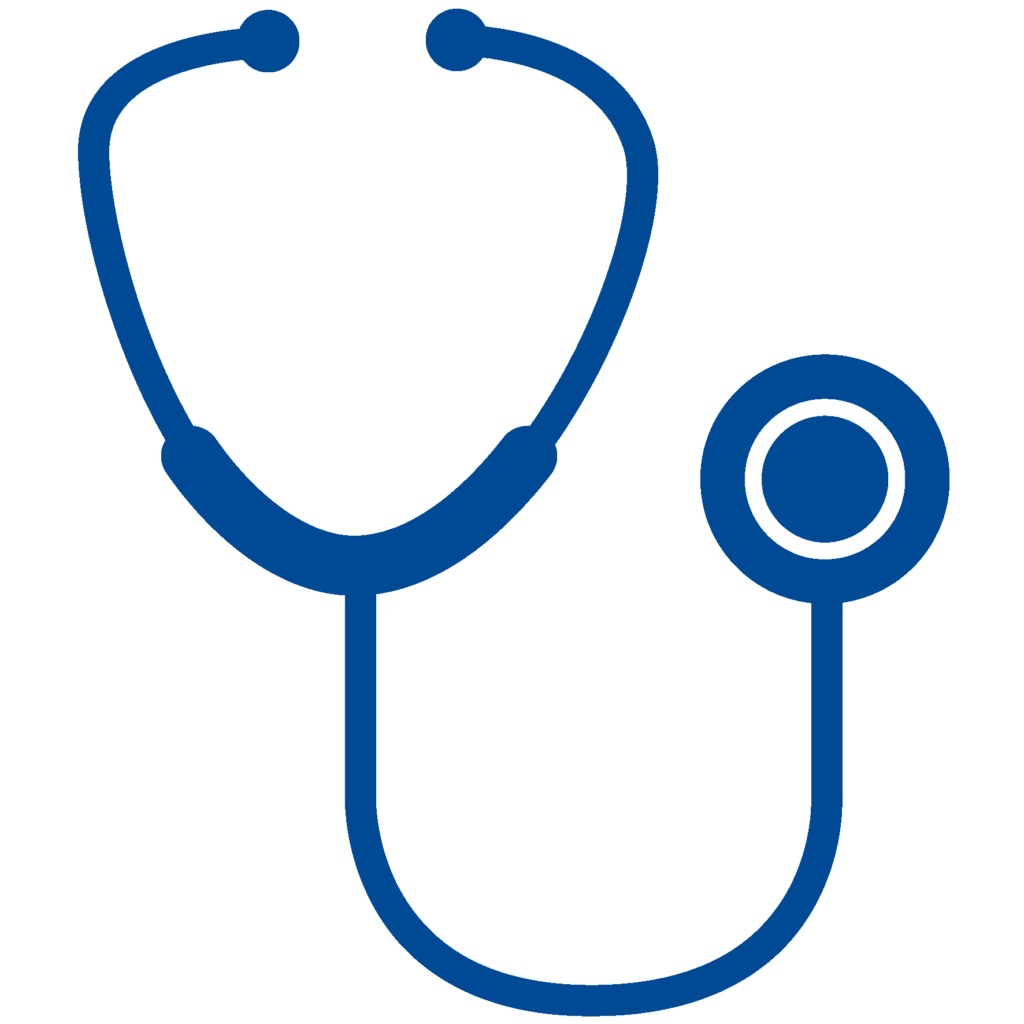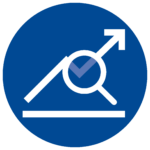Clinical research refers to all research carried out on humans (healthy or sick people). It focuses on improving knowledge of diseases, developing diagnostic methods and new treatments or medical devices to ensure better patient care. It is very framed and respects a precise study protocol and is only realized under certain conditions. It must:
- have the goal of increasing medical knowledge,
- be carried out by competent persons,
- take all necessary measures to protect those who lend themselves to research,
- obtain regulatory approvals and take all the necessary legal and ethical steps.
- collect the consent of those involved in research
There are 2 main types of clinical studies:
- Observational studies (cohort study, epidemiology)
- Interventional studies or clinical trials
Observational studies:

They improve the knowledge of the disease and its evolution over time. They are carried out within the framework of the follow-up of the patients in the reference centers. They also contain the natural history studies.
Interventional studies or clinical trials:

They provide scientific evidence of the efficacy and safety of a new drug, a new care device or a new management in the context of an illness. This is the necessary step for a new molecule to become a drug or a new medical device to be marketed.
As part of the development of new drugs, clinical trials are conducted in 5 steps:
Phase 1 :
First administration in humans


Phase 1 corresponds to the first administration of the molecule in humans. It is performed on people not affected by the disease (healthy subjects). Its objective is to study:
Clinical and biological tolerance: allows defining the maximum dose tolerated by the organism.
Pharmacodynamics: allows defining the effects on the organism and determining the minimum dose having a therapeutic activity.
Pharmacokinetics: allows defining the fate of the molecule in the body according to the mode of administration (oral, intravenous, etc …)
Phase 2 :
First administration in patients


Phase 2 corresponds to the first administration of the molecule in patients.
Two stages make up this second phase (phase 2a and phase 2b).
This phase concerns only a limited number of people and over a short period of treatment.
Phase 3 :
Therapeutic efficacy

Phase 3, also referred to as “pivotal study”, is the final phase before the drug is marketed. It makes it possible to measure the therapeutic efficacy of the molecule and its tolerance in conditions close to real life.
This step involves a large number of sick people over a long period of treatment. The conditions of administration are close to the conditions of use of the future medicine.
Phase 4 :
The Marketing Authorization

All the data collected during the various phases (from Phase 1 to Phase 3) of the development of a molecule allow the submission of the Marketing Authorization Application to the National Agency of Medicines and Health Products. When the authorization is obtained, the molecule is recognized as a drug and is marketed.
Phase 5 :
Monitoring and evaluation of side effects

Phase 5 is a surveillance phase during which side effects are recorded and analyzed to assess the safety of patients.
The study of the drug over a long period (several years) will make it possible to identify rare adverse effects or complications that occur late.

